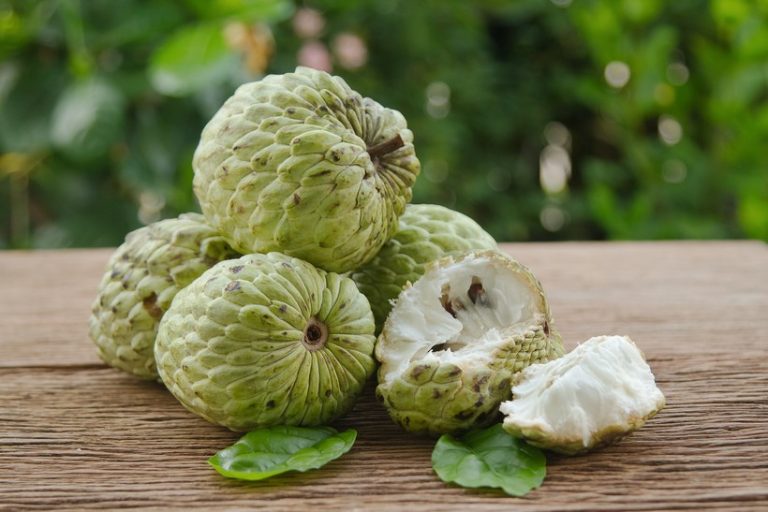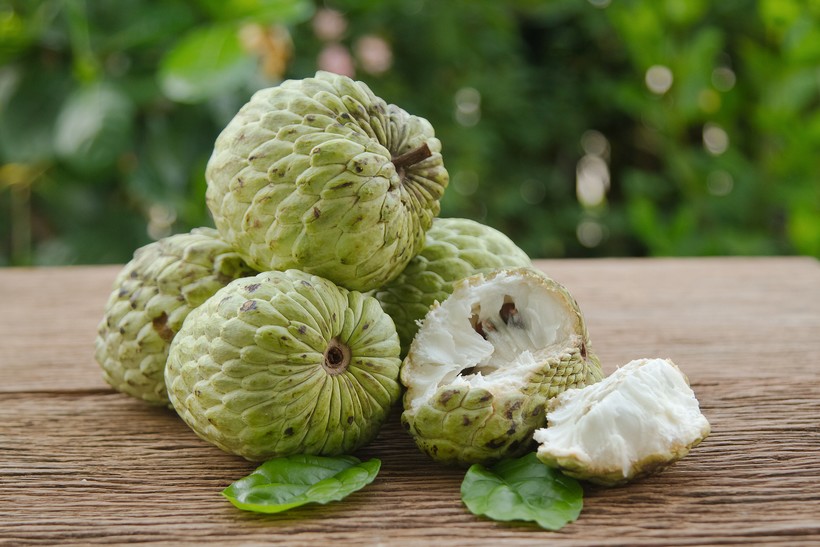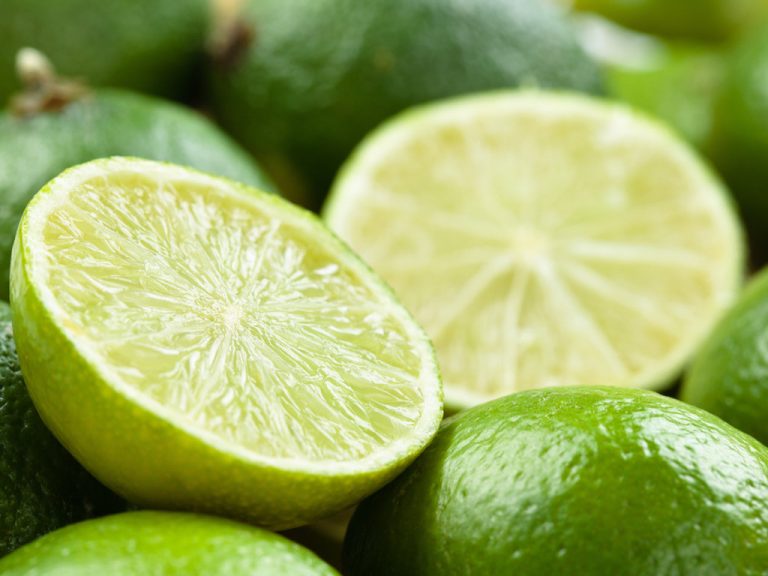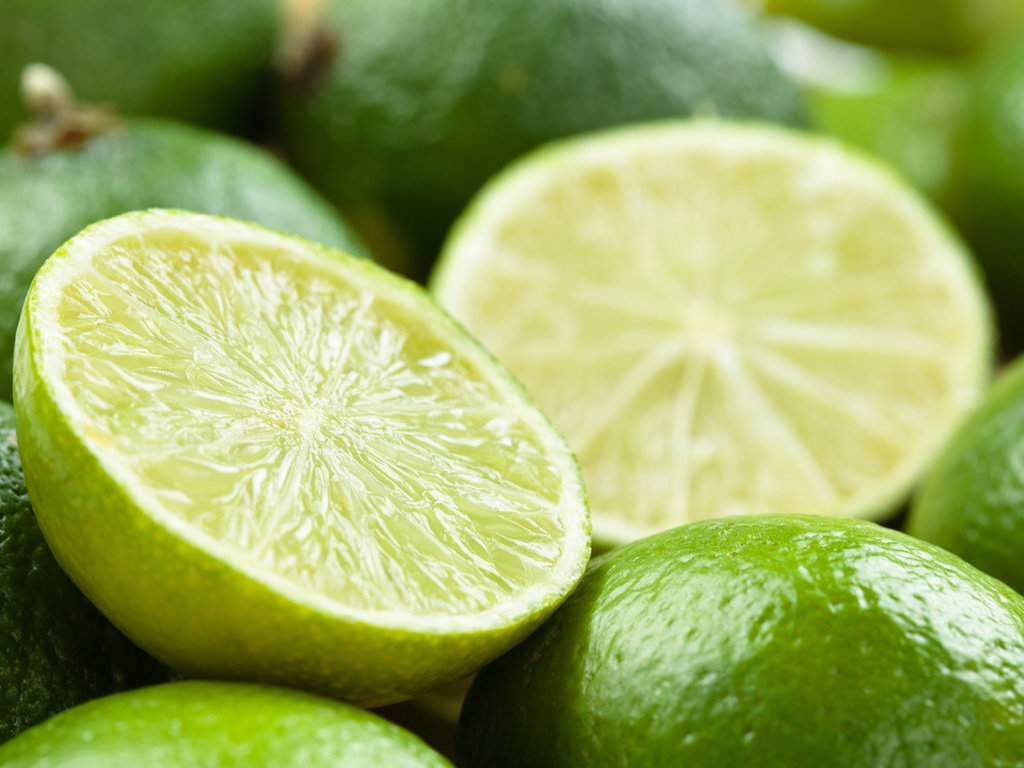Chickpeas are small powerhouses and are increasingly finding their way into our kitchens – be it as a hummus dip or falafel balls. But legumes are even more versatile. We have put together 10 delicacies with chickpeas for you.
Chickpeas are wonderfully versatile, provide the body with plenty of vegetable protein and also keep you full for a long time. Enough reasons to include the small legumes in your diet more often, right? Here you will find our top recipes with chickpeas.
1. Creamy Hummus
Of course, we don’t want to withhold our great recipe for the chickpea dip from you. The mix of legumes, sesame paste, and spices taste particularly delicious on fresh bread or with vegetables. Especially in the barbecue season, hummus should not be missing on the table or picnic blanket.
2. Penne with tomato sauce and chickpeas

Attention pasta fans! The dish is on the table in no time, fills you up, and is also healthy. Chickpeas contain a lot of fiber and plenty of protein. And best of all, the recipe is ideal to take with you to the office. If you don’t like chickpeas that much, you can simply replace them with beans or tofu.
3. Quinoa Tomato Salad with Chickpeas
Quinoa and chickpeas are really an unbeatable combo because they taste just wonderfully harmonious. The salad is refined with tomatoes, coriander, and cucumber. That’s all it takes – easy, right?
4. Stuffed Peppers with Rice and Chickpeas
This great recipe can be modified over and over again! Because instead of rice, the peppers can also be filled with millet, buckwheat, or quinoa. The filling tastes just as delicious with aubergines or zucchini, for example. For an oriental touch, you can sprinkle freshly chopped mint over the peppers.
5. Falafel
Falafel is a great alternative for vegetarians, who are now also offering more and more kebab snacks. But the chickpea balls taste even better when you make them yourself. Here you will find our do-it-yourself falafel, which should not be missing from the recipes with chickpeas.
6. Oriental chickpea ragù
Admittedly, the dish sounds a bit unusual, but dare to try the delicious ragù recipe – it’s worth it! If you want it to go even faster or you just can’t get any fresh tomatoes, you can also use diced canned tomatoes for the sauce.
7. Chickpea Pocket
Do you think chickpeas only taste savory? Not even close! Because these sweet dumplings are the best proof. Dark chocolate, honey, and powdered sugar provide the sweetness in this recipe. At this point, we simply hide the calories – true to the motto: enjoy in moderation.
8. Fried chickpeas
This oriental after-work greeting is also one of our favorite recipes with chickpeas. The salad tastes wonderfully fresh and fills you up for a long time. And if there is anything left over from the chickpea recipe, you can use the leftovers as a protein-rich component for a green salad the next day.
9. Chickpea Apricot Curry

Normally, a curry usually contains chicken, vegetables, and coconut milk. But this curry is different. The main ingredients: are potatoes, apricots, and chickpeas. So if you want to try a new variation, this recipe is for you.
10. Pasta and pepper salad with chickpeas
Chickpeas also go very well with pasta. The advantage: If you use canned chickpeas, you don’t have to do anything with them, as the legumes are already pre-cooked and only have to be rinsed off. Dishes with pasta and chickpeas can also be prepared well in advance and taken away. The growling stomach at work is therefore a thing of the past.





